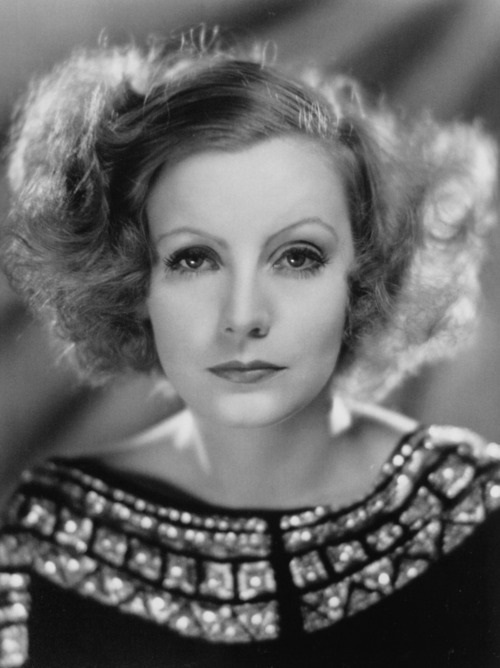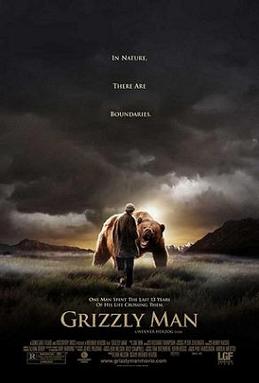Greta Garbo from Inspiration (1931)
Garbo still belongs to that moment in cinema when capturing the human face still plunged audiences into the deepest ecstasy, when one literally lost oneself in a human image as one would in a philtre, when the face represented a kind of absolute state of the flesh, which could be neither reacher nor renounced. A few years earlier the face of Valentino was causing suicides; that of Garbo still partakes of the same rule of Courtly Love, where the flesh gives rise to mystical feelings of perdition.
It is indeed an admirable face-object. In
Queen Christina, a film which has again been shown in Paris in the last few years, the make-up has the snowy thickness of a mask: it is not a painted face, but one set in plaster, protected by the surface of the colour, not by its lineaments. Amid all this snow at once fragile and compact, the eyes alone, black like strange soft flesh, but not in the least expressive, are two faintly tremulous wounds. In spite of its extreme beauty, this face, not drawn but sculpted in something smooth and friable, that is, at once perfect and ephemeral, comes to resemble the flour-white complexion of Charlie Chaplin, the dark vegetation of his eyes, his totem-like countenance.
left: Charlie Chaplin as 'The Tramp'
right: Chaplin without any mask or makeup)
Now the temptation of the absolute mask (the mask of antiquity, for instance) perhaps implies less the theme of the secret (as is the case with the Italian half mask) than that of an archetype of the human face. Garbo offered to one's gaze a sort of Platonic Idea of the human creature, which explains why her face is almost sexually undefined, without however leaving one in doubt. It is true that this film (in which Queen Christina is by turns a woman and a young cavalier) lends itself to this lack of differentiation; but Garbo does not perform in it any feat of transvestism; she is always herself, and carries without pretence, under her crown or her wide-brimmed hats, the same snowy solitary face. The name given to her,
the Divine, probably aimed to convey less a superlative state of beauty than the essence of her corporeal person, descended from a heaven where all things are formed and perfected in the clearest light. She herself knew this: how many actresses have consented to let the crowd see the ominous maturing of their beauty. Not she, however; the essence was not to be degraded, her face was not to have any reality except that of its perfection, which was intellectual even more than forma. The Essence became gradually obscured, progressively veiled with dark glasses, broad hats and exiles: but it never deteriorated.
'AAA_Audrey,' 3D Base-Model
designed on Audrey Hepburn
And yet, in this deified face, something sharper than a mask is looming: a kind of voluntary and therefore human relation between the curve of the nostrils and the arch of the eyebrows; a rare, individual function relating two regions of the face. A mask is but a sum of lines; a face, on the contrary, is above all their thematic harmony. Garbo's face represents this fragile moment when the cinema is about to draw an existential from an essential beauty, when the archetype leans towards fascination of mortal faces, when the clarity of the flesh as essence yields its place to a lyricism of Woman.
Viewed as a transition the face of Garbo reconciles two iconographic ages, it assures the passage form awe to charm. As is well known, we are today at the other pole of this evolution: the face of Audrey Hepburn, for instance, is individualized, not only because of its peculiar thematics (woman as child, woman as kitten) but also because of her person, of an almost unique specification of the face, which has nothing of the essence left in it, but is constituted by an infinite complexity of morphological functions. As a language, Garbo's singularity was of the order of the concept, that of Audrey Hepburn is of the order of the substance. The face of Garbo is an idea, that of Hepburn, an Event.
-- Roland Barthes, Mythologies
Barthes, Roland. "The Face of Garbo." Mythologies. Trans. Annette Lavers. The Noonday Press, New York: 1992.
Statue of Garbo in her hometown





